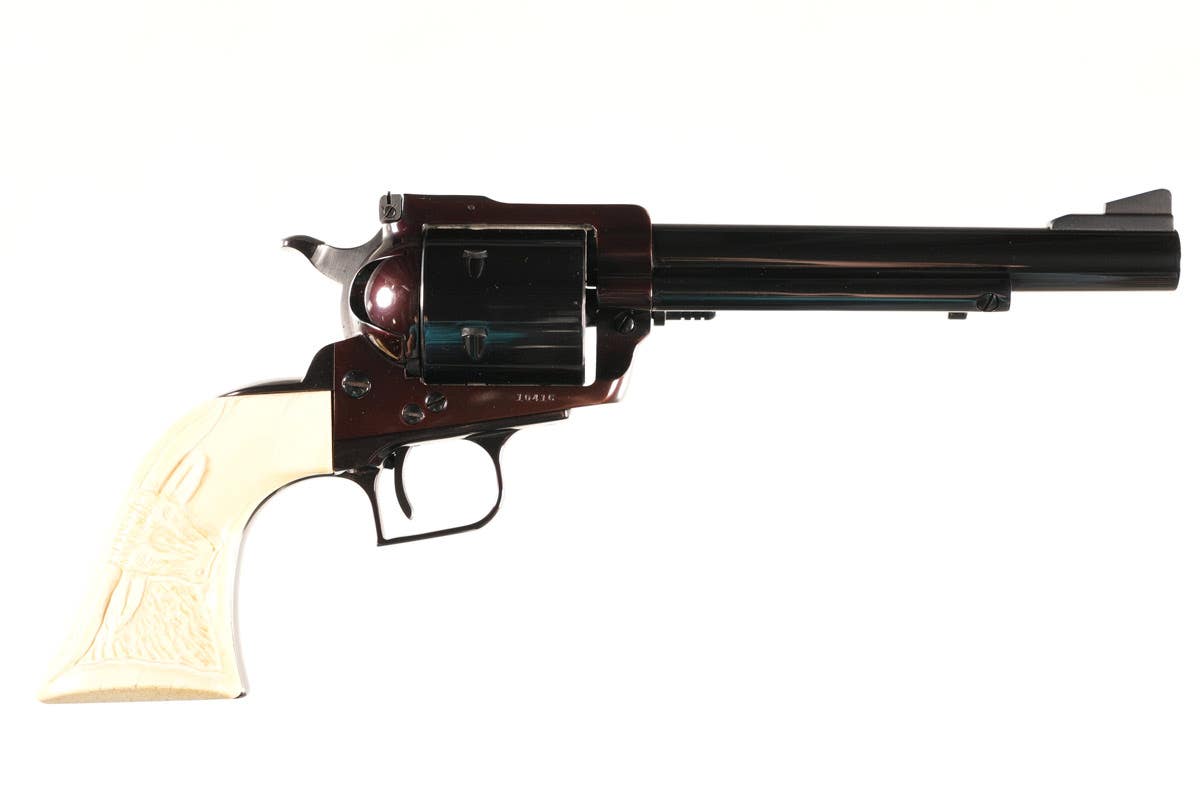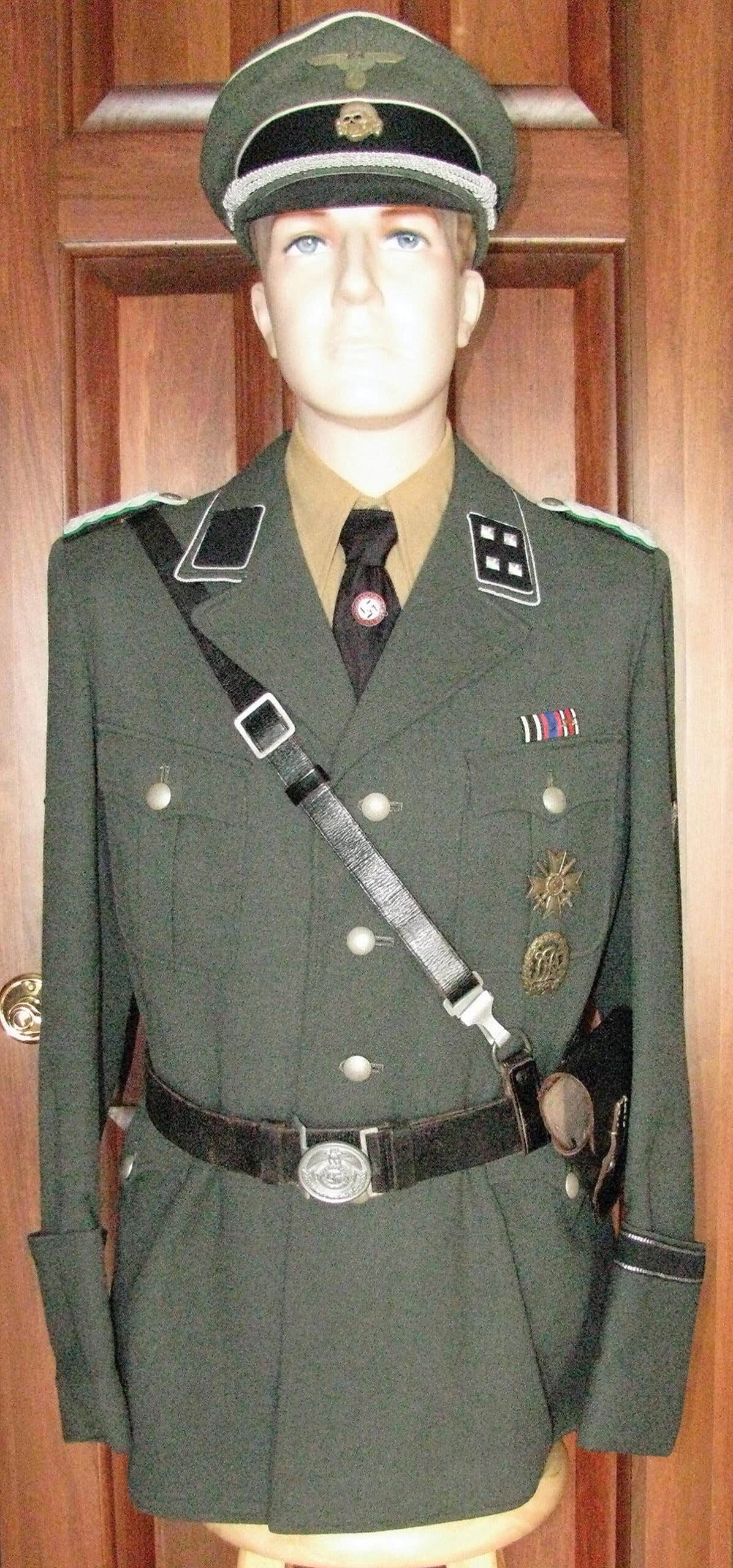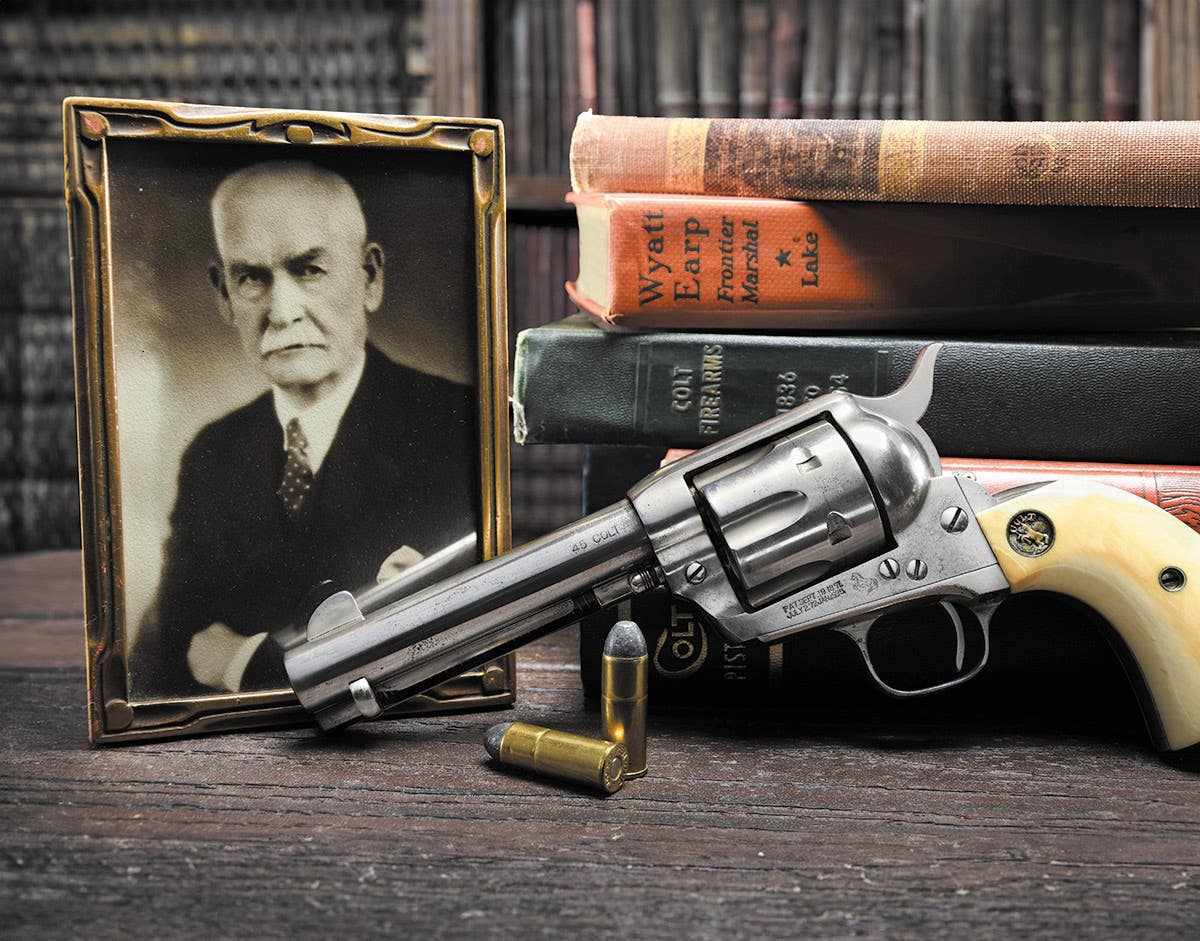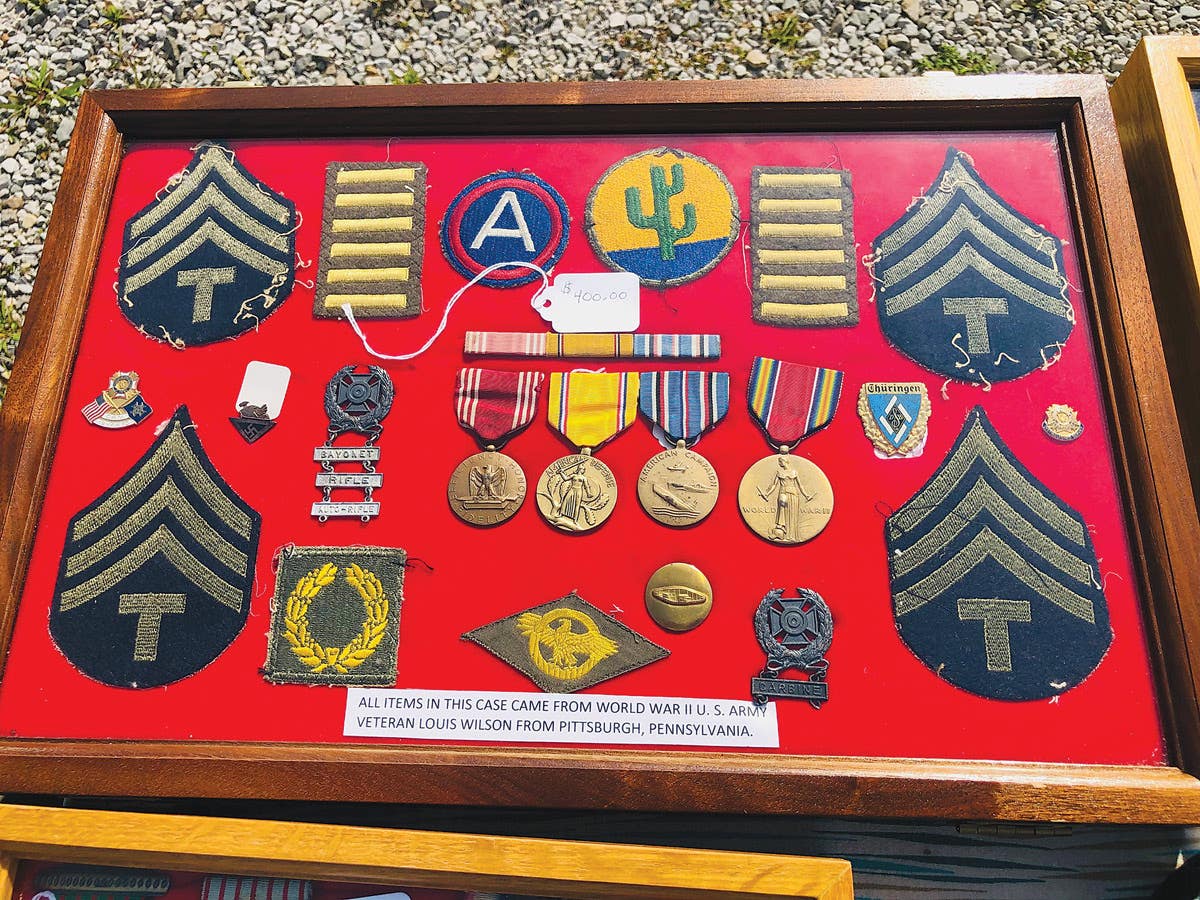Caring for Collector Arms
It’s “original” only once By John Adams-Graf So you bought your first collector grade weapon. Whether it is just a “wall hanger” or a shooter, you will want to take…
It’s “original” only once
By John Adams-Graf
So you bought your first collector grade weapon. Whether it is just a “wall hanger” or a shooter, you will want to take care of your investment. Nothing is worse than going to your gun cabinet a year after purchasing a weapon only to discover it has turned reddish brown from a coating of rust!
First off, this is where I throw in my disclaimer: “Do whatever the heck you want with your gun. Shine it, chrome it, hang it over the fireplace, it doesn’t matter—it’s your gun.” If, however, you want to know, “How do I maintain its value,” that is another matter.
BEST THING TO DO? DO NOTHING
How many times does this need to be said to collectors? LEAVE the relics alone. You aren’t going to buff, oil, restore, or any other act of fondling to increase value. They are relics. Have you ever seen a 60-year-old person who goes to a tanning booth, receive Botox-injections, gets a facelift, breast implants, or rear-end lift? It doesn’t make them look 23 again. It makes ‘em look like a 60-year old that couldn’t accept the fact they were 60 years old.
The same thing applies to historic relics. They are new only once. There is no magic potion to change that.
People pay the most for “original condition” of pretty much any piece militaria. However, if you “restore” a musket lock to flintlock, it will lower the price. Re-stitch the visor on an officer’s cap, it lowers the value. Spread magic lotion on leather goods, it really lowers the value. Messing with the relic might give you a sense of satisfaction, but you are lowering its monetary worth.
There might be a few exceptions to the rule, but face it, you and I aren’t the type to discover those high-end relics that benefit from a little polishing or highlighting! For the good ol’, found-in-antique shop or at a gun show type of stuff we buy, “leave it alone,” is the best mantra.
Now I know that is excruciating advice to follow. We have been raised in a society where bright and shiny is equated with value. To leave something rusty, dusty, and brown, seems counter-intuitive. It is very hard to bring home a new firearm, helmet, sword, or uniform, and not think we can’t enhance its value just a bit by wiping some oil on it, buffing out some rough spots, or repairing a tear or rip.
I get it. Part of the fun of collecting is thinking we are “preserving” history. And the easiest way to do that is not through researching, compiling, and publishing quantitative analysis, but rather, to do something with the relics we collect, be it, cleaning, washing, buffing, or sealing them with something.
So what’s the best way to maintain the value of a collector grade weapon? Here is a quick run-down:
1. Clean the exterior. Simply wipe it down with a clean, cotton cloth. If there is belligerent dirt, use a little warm water to dampen the cloth (ring it out) and gently work the area. Avoid any “scrubbing” motions.
Avoid the temptation to restoring a weapon to the point where it looks “new” again. Things you don’t want to do (if you want to maintain the value of your weapon):
a. Don’t replace mismatched parts,
b. Don’t sand or refinish the stock,
c. Don’t polish or re-blue metal parts.
Any of those actions will destroy the value of your weapon that has aged naturally. Harsh chemicals, solvents, abrasive cloth, and steel wool should all be avoided. Your goal is to preserve what original finish remains and not to affect any markings.
2. Clean the bore. As shooters, it is our nature to want the bore to be clean. I am not going to advise you to leave it as it is, because I know that might cause you a mental overload for anyone who was raised with proper firearms handling experience.
To clean the bore, use a one-piece, cleaning rod that is either plastic-coated or hardened steel. Avoid aluminum, brass, or fiberglass rods. These can pick up abrasive grit that will damage rifling.
You should never use one of the harsh bore solvents containing significant amounts of ammonia on an antique firearm. Good ol’ Hoppes No. 9 will do the trick. Remember, it is a solvent, not a treatment.
Run Hoppes-soaked patches down the bore until they come out clean. Then apply a bore protectant. Birchwood-Casey “Sheath” is a good choice, as its carrier compound evaporates after a few hours, leaving a protective film on the steel.
3. Don’t take it apart. Again, counter-intuitive for anyone who has trained with weapons. It is a relic now. You are not going to use it to defend your State from invaders.
Each time you take an antique weapon apart, you invariably ding the screws' heads, punch dents into the stock, or run other risks. Those things lower the value.
4. Detail the weapon. This is a term from the car-collectors, but basically, it means, go over the exterior with a “fine-tooth comb.” Clean the exterior with a cotton cloth (not polyester — it can scratch) and Hoppes No. 9.Again, Hoppes is a degreaser,not gun oil.
Wipe the weapon dry after cleaning it. Then, if you feel the need to coat with something, apply a microcrystalline wax treatment. This prevents moisture (and oxygen) from coming in contact with the iron or steel — the cause of rust. The wax provides an insulating barrier between the surrounding environment and the object.
If you are going to use a wax, select a neutral microcrystalline type like Renaissance Wax. Avoid beeswax or other harder waxes. They tend to contain acids and are much harder to remove. On the other hand, a mild solvent such as acetone can remove the Renaissance Wax at any time. You should always wear cotton gloves when handling a waxed firearm. That thin protective layer is easily damaged.
5. Store in free air flow. Do not store your weapons in gun sleeves. Anything that surrounds the weapon becomes its environment. A gun sleeve creates a tight, enclosed “microenvironment.”
The best storage — not considering the security from theft or mishandling — is on an open rack with padded (again, white cotton over some sort of batting) “fingers” for holding each longarm.
These tips will help maintain the value of a weapon that you consider to be a “non-shooter.” The game changes, if you are going to go out plinking with your collector weapon. At that point, simply care for the weapon in the same manner you treat your other shooters.
But, the final word on all of this is, “It’s your gun. Do what you want with it.” Just keep in mind, if your long-term goal is recouping or even gaining on your initial investment, the way you care for your antique firearm might just be different than how you treat your AR-15, Model 870 Remington, or your Glock.
John Adams-Graf ("JAG" to most) is the editor of Military Trader and Military Vehicles Magazine. He has been a military collector for his entire life. The son of a WWII veteran, his writings carry many lessons from the Greatest Generation. JAG has authored several books, including multiple editions of Warman's WWII Collectibles, Civil War Collectibles, and the Standard Catalog of Civil War Firearms. He is a passionate shooter, wood-splitter, kayaker, and WWI AEF Tank Corps collector.








